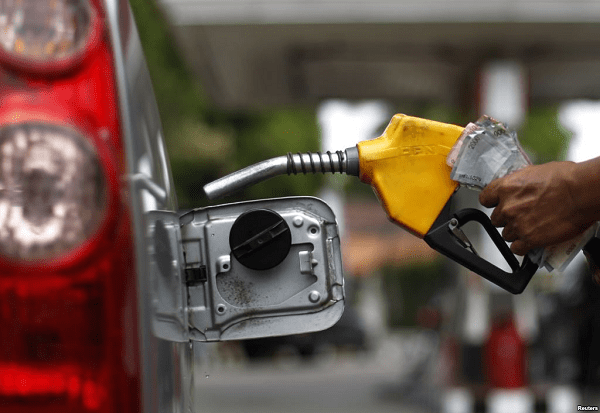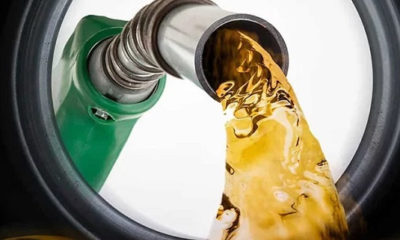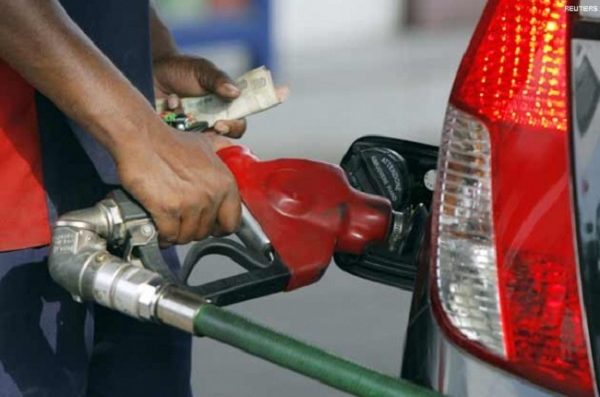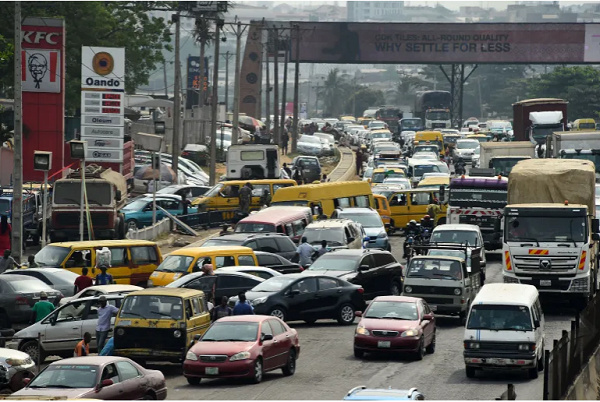For the second Pricing-Window of October 2021, energy think tank the Institute for Energy Security (IES), has predicted that fuel prices in Ghana can rise by roughly Ghp20, in spite of the impending suspension of the Price Stabilisation and Recovery Levy (PSRL); on the basis of significant uptick in market variables.
With the 6.89 percent increase in the price of the International Benchmark- Brent crude, the 6.54 percent increase in price of Gasoline, the 3.49 percent increase in Gasoil price, and the 0.49 percent depreciation of the local currency against the US Dollar, the IES foresees fuel prices increase by no more than 35 Pesewas addition on the current price at the various pumps.
However, should the announced removal of the Price Stabilization and Recovery Levy (PSRL) of GHp16 on a litre of Gasoline, GHp14 on Gasoil and LPG take effect, prices may go up by just GHp20.
The October First Pricing-Window saw majority of Oil Marketing Companies (OMCs) in Ghana increase their prices for a litre of Gasoil (Diesel) and Gasoline (Petrol) at their various pumps. Prices saw a 2.2 percent increase across the country due to the depreciation of the local currency, and a rise in international oil and fuel prices in the last two weeks of September 2021.
The current national average price of fuel per litre at the pump is pegged at Gh¢6.39 for both Gasoline and Gasoil, 2.2 percent up from the previous window’s price of Gh¢6.25.
The IES Market-Scan picked Benab Oil, Zen Petroleum, Top Oil, Cash Oil and Goodness Oil as the OMCs with the least-priced fuel on the local market for the window under assessment.
On the world oil market, IES said the price of the International Benchmark Brent Crude experienced an increase within the period under review, averaging $80.79 per barrel as against the previous window’s average price of $75.50 per barrel.
This represents an increase of 6.89 percent comparatively between the two windows.
Oil prices jumped on Monday to the highest levels in years, fuelled by rebounding global demand that has contributed to power and gas shortages in key economies like China and the Europe.
Crude’s persistent price rise in the face of those growth concerns is showing the extent to which many traders expect weak supply to continue propping up prices, raising fuel costs for consumers and increasing revenues for businesses and oil producing countries.
The pace of economic recovery from the pandemic has supercharged energy demand at a time when oil output from largely OPEC+ has slowed due to cutbacks from producing nations during the pandemic, focus on dividends by oil companies and pressure on governments to transition to cleaner energy, as is happening in China.
On the demand side, increased personal mobility has been driving the petrol demand, which has clearly moved above pre-COVID levels. These energy supply shortages are slowing factory activity around the world and contributing to a recent pickup in inflation across major countries.
Monitored on Standard and Poor’s (S&P’s) global Platts platform, the price of the refined products like LPG, Gasoline and Gasoil, also increased within the window under review. The price of Gasoline increased by 6.54 per cent to close the window at $783.61 per metric tonne from its earlier price of $735.50 per metric tonne. Gasoil price also experienced an increase of 3.49 percent to close trading at $690.00 per metric tonne from its earlier price of $666.75 per metric tonne.
Local Forex
Data monitored by the IES Economic Desk from the Foreign Exchange (Forex) market shows that the Cedi depreciated marginally against the U.S. Dollar by 0.49 per cent to close the window at Gh¢6.08 to the US Dollar from the previous window’s price of Gh¢6.05 to the US Dollar.
Source: 3news.com|Ghana




























